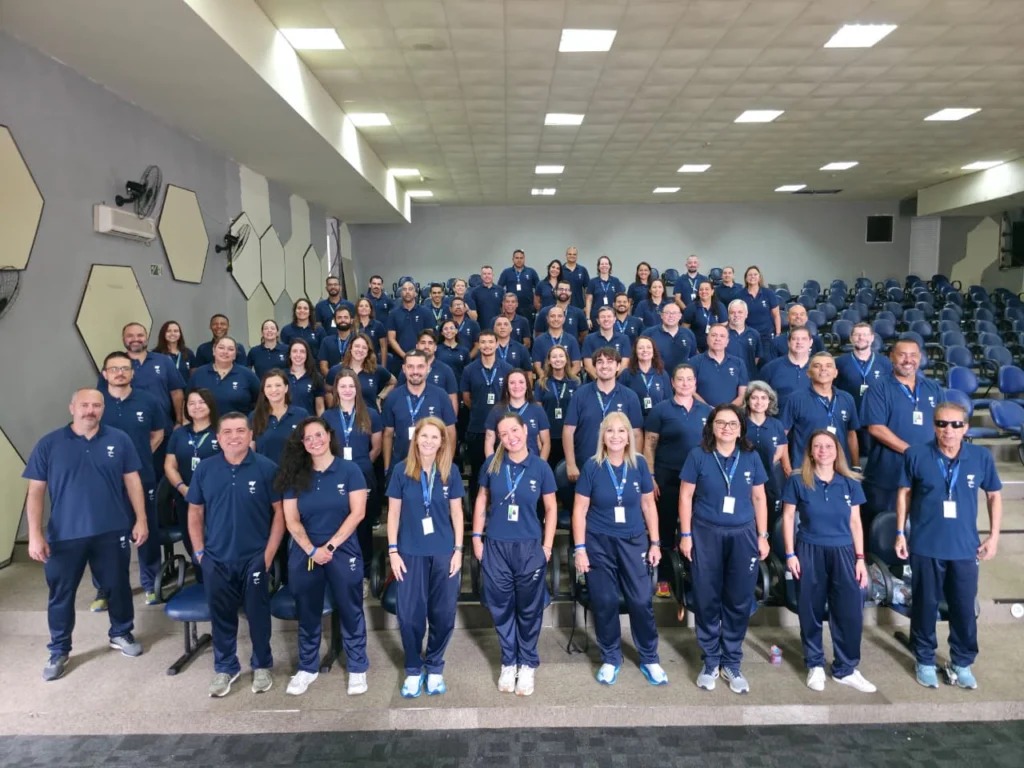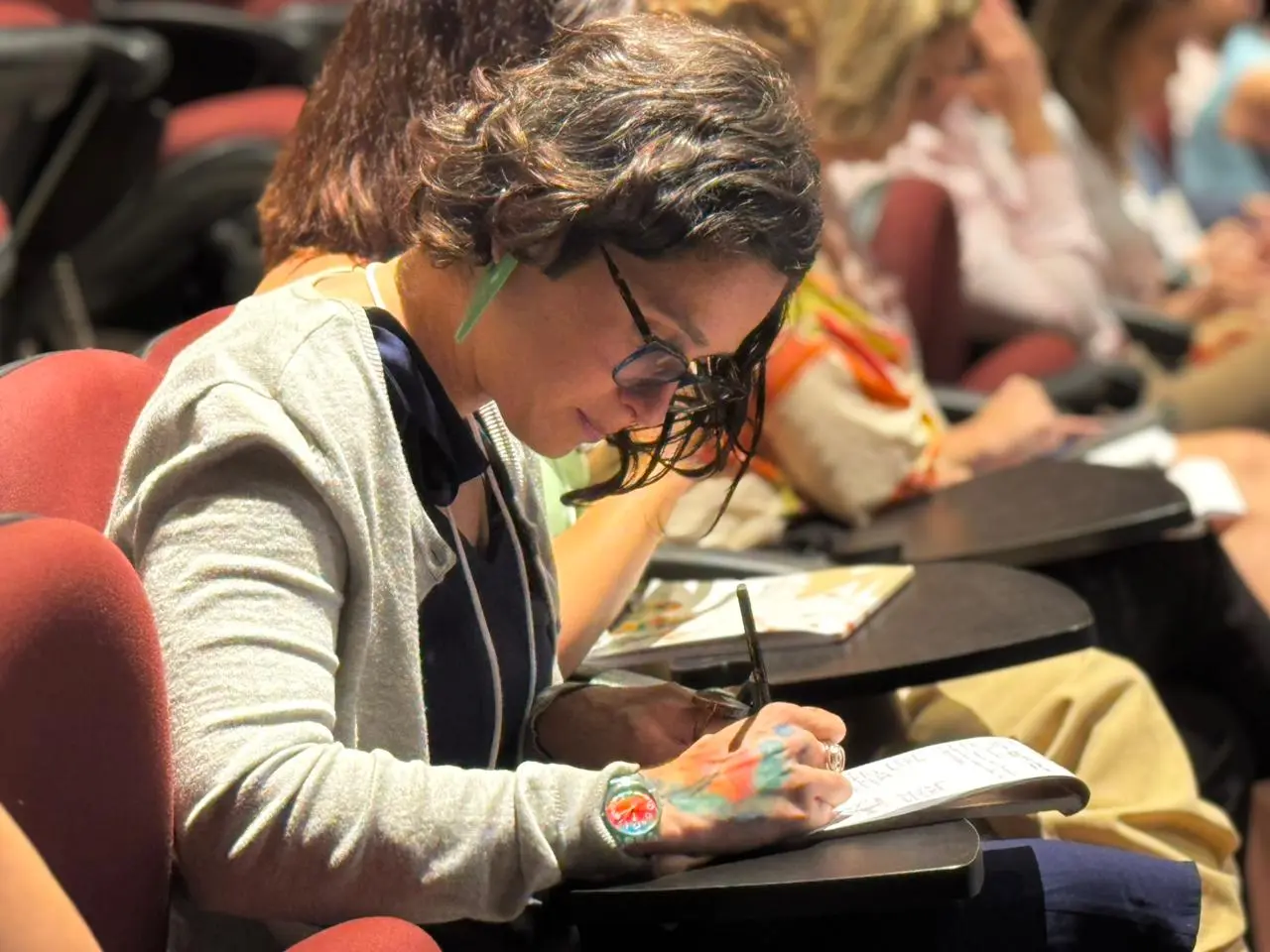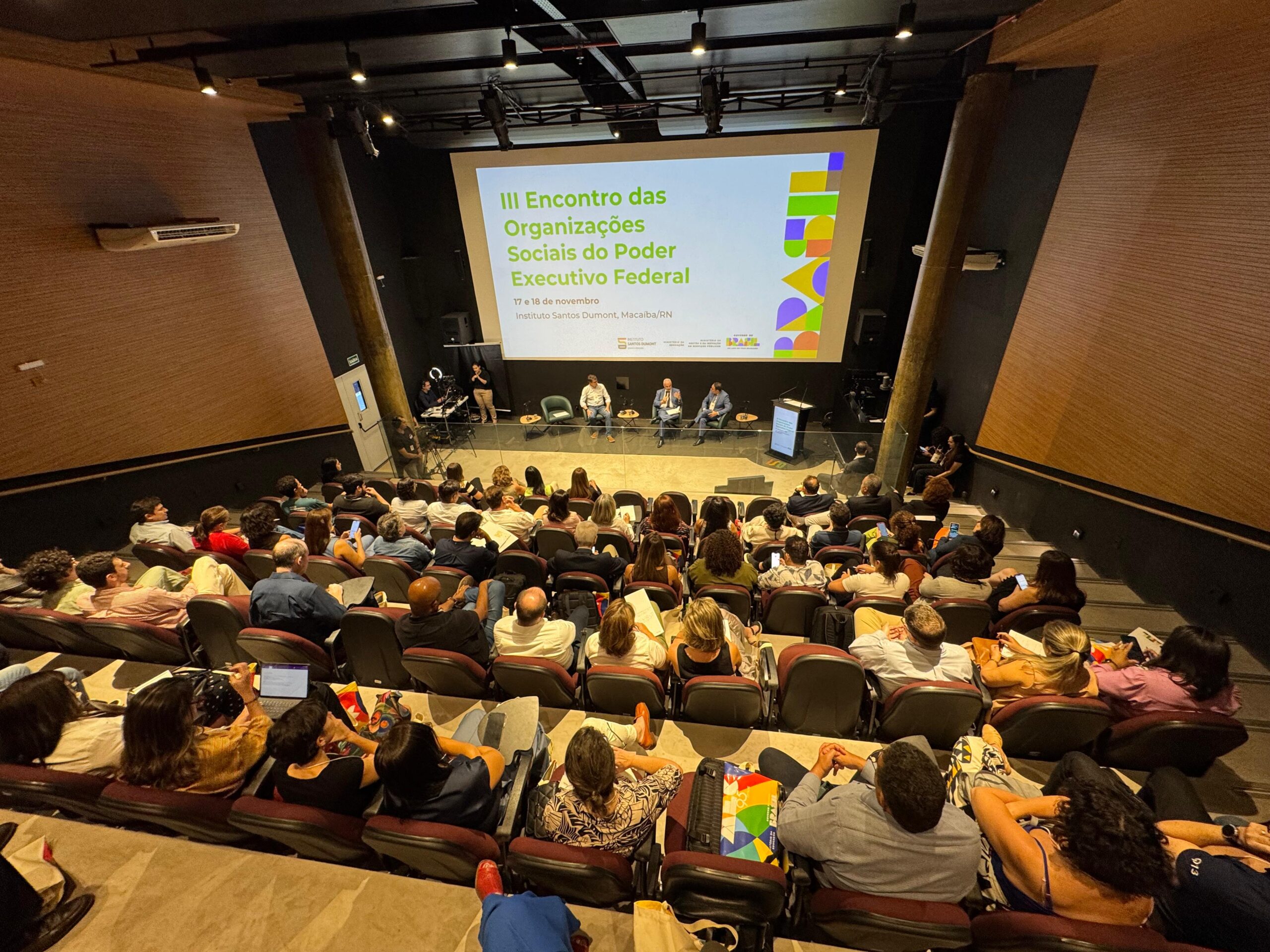Created by the neuroscientist Miguel Nicolelis, the Santos Dumont Institute was built and qualified as a Social Organization in the year of 2014. It's units, however, have been operating for more than 10 years in the Northeast Region of Brazil thanks to a partnership with the Alberto Santos Dumont Association for Research Support (AASDAP), which managed the space in its early years of activity.
The first ISD unit to start operating was the Edmond and Lily Safra International Institute of Neurosciences (IIN-ELS), in 2006, which at the time was named Natal's International Institute of Neurosciences. In 2007, the Institute received the name “Edmond and Lily Safra” thanks to a donation from mrs. Lily Safra, because of her interest in the neurosciences field. The donated amount can't be disclosed due to contract matters. Since 2014, the Edmond and Lily Safra International Institute of Neurosciences is maintained thanks to a contract signed with the Brazilian Ministry of Education (MEC, as Portuguese abbreviation).
IIN-ELS presents itself as an advanced research center in neurosciences, with permanent and associate researchers that work between the main research fields developed in the Institute. In the early days, electrophysiology studies with microelectrode arrays implanted in the nervous system were rare in Brazil, even more so when combined with histological and immunohistochemical, behavioral and quantitative analysis methods.
In February 2007, the Science Education Center (CEC) Alfredo J. Monteverde School, in Natal (RN), founded by AASDAP and managed by ISD since 2014. In the same year, in September, the Center for Scientific Education (CEC) Alfredo J. Monteverde School in Macaíba (RN) was inaugurated.
In operation in Rio Grande do Norte since 2008, the Anita Garibaldi Health Education and Research Center (Anita), located in Macaíba, is part of the Unified Health System (SUS) as a school for health professions.
In 2010, still under the management of AASDAP, the Serrinha-BA CEC was inaugurated. And in 2013, the IIN-ELS started to offer, in the municipality of Macaíba, the first Graduate Program in Neuroengineering in Brazil, in the area of Biomedical Engineering, authorized by the Coordination for the Improvement of Higher Education Personnel (CAPES). This is an area of knowledge that integrates engineering and neuroscience techniques for the study and understanding of the functioning of the nervous system, as well as for the creation of interfaces between the human brain and artificial devices.
In 2014, the IIN-ELS leaves the neighborhood of Candelária, in Natal, and starts operating in Macaíba. On October 17, 2016, ISD expanded its area of activity, expanding the scope of CEPS services through Ordinance No. ).
On August 6, 2021, Ordinance Nº 1.842, signed by Minister Marcelo Queiroga, made official the change of category of the Anita Garibaldi Specialized Rehabilitation Center (CER Anita) from III to IV. From then on, in addition to rehabilitation services for hearing, intellectual and motor disabilities, the CER IV Anita, operated by the Santos Dumont Institute (ISD), began to serve visually impaired patients.
O first CER IV of Grande Natal, and the second in Rio Grande do Norte, serves patients from the 7th Health Region, which includes the municipalities of Macaíba, Natal, Parnamirim, Extremoz and São Gonçalo do Amarante. This region concentrates 1,371,945 inhabitants, which corresponds to almost 39% of the potiguar population. To finance the procedures, the Ministry of Health will make an annual contribution of R$ 1,740,000.00.


In 2018, Anita celebrated its 10th anniversary with a series of actions involving former employees, partners in education and the community, as well as supporters of public authorities and suppliers.
In 2019, the IIN-ELS celebrated one year in its new headquarters with the planting of the Baobab of Science, in addition to the panel painted exclusively and offered as a gift by the artist Anna Benigna (images HERE).


Understand what Santos Dumont Institute (ISD) is by watching the institutional video. The Institute's actions are divided into three lines of action: science education, health education, and research in neuroscience and neuroengineering, changing the reality of the Brazilian Northeast.










